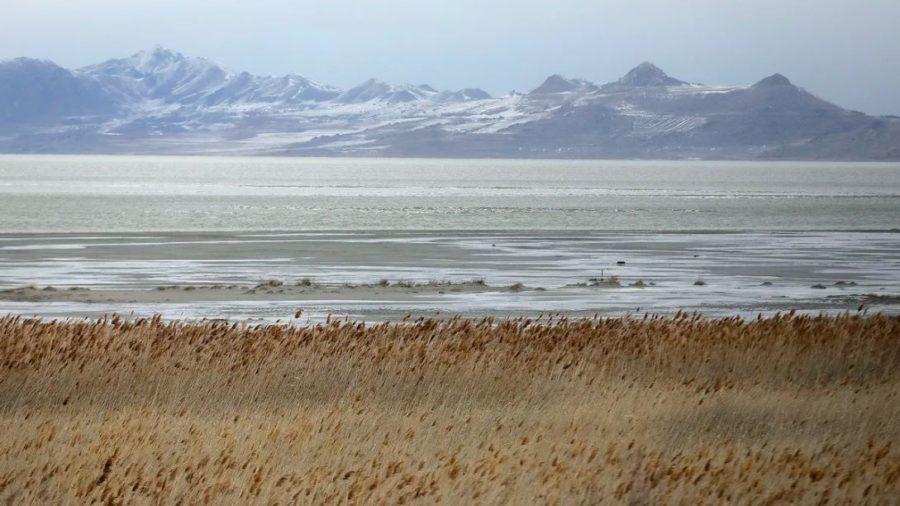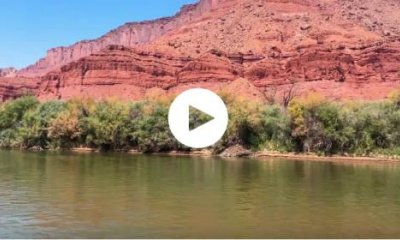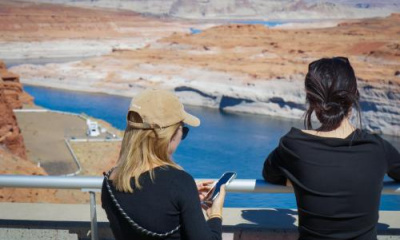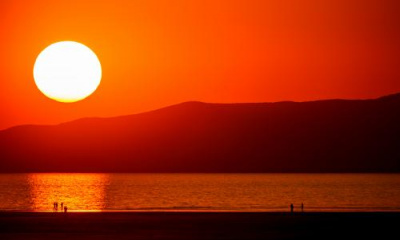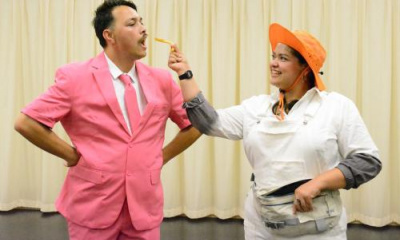The Great Salt Lake Collaborative surveyed audience questions about the lake, and The Globe is publishing experts’ answers to your questions weekly. This week’s edition explores the impacts of drought and population growth on the lake, as well as the state of climate science in public schools.
What is the likelihood of drought continuing to strain the Great Salt Lake in the future, and amid this drought, where do we find the water to save the lake?
Because the region will only become drier as a result of rising global temperatures, the Great Salt Lake will be strained by droughts moving forward.
As such, water optimization is important to keep the lake’s water levels up, but researchers have said 65-80% of diverted river water – some of which would be going to the lake – goes to agriculture instead.
“Agriculture requires a lot of water,” said Matt Yost, an agroclimatic specialist at Utah State University, adding that it takes “an estimated 355-gallon barrels of water to produce one loaf of bread.”
Farmers can make switches to help refill the lake, such as changing their irrigation system. Drip irrigation is the most efficient system, according to Yost.
Great Salt Lake Collaborative partner The Salt Lake Tribune recently reported on two hydroponic farms in Utah, which use much less water than soil farming. Deseret News, another Great Salt Lake Collaborative partner, reported on a farmer who switched irrigation systems to save water and keep his farm in business.
Switching to sustainable agriculture has barriers, however, as Yost said certain water efficiency improvements are too expensive for some farmers.
Robert Gillies, Utah’s climatologist and USU professor of climate science, suggested farmers apply for the Water Optimization Program if they have financial restrictions.
People living in residential areas can also optimize their water use to help the lake. Slow the Flow, funded by the governor’s water conservation team, can send a trained evaluator, for free, to improve indoor and outdoor water use.
Is it possible to restore lake levels with the explosive population growth we’ve had?
According to Candice Hasenyager, director of the Utah Division of Water Resources, population growth does complicate the state’s water supply.
“With our current water supply issues and challenges with the drought we’re in, and with our increase in population, we do have some hard choices in front of us,” she said.
Despite these obstacles, Hasenyager assured that there are ways to use available water efficiently, primarily in the way of implementing water planning and efficiency ordinances at the beginning of development projects.
The type of development influences how much water will be needed, according to Brad Wilson, speaker of the Utah House of Representatives.
“More dense growth with smaller lots … actually uses a lot less water than the urban sprawl,” Wilson told the Great Salt Lake Collaborative.
Hasenyager said changing landscapes from traditional turf landscapes to water-wise landscapes in residential settings can also help reduce water use.
“There are some things that can be done to grow in a more sustainable way,” Hasenyager said.
Do schools teach about the climate crisis, using the Great Salt Lake as a real-world, local example of how the crisis affects us all?
The climate crisis is part of the public school science curriculum in Utah, and the Great Salt Lake is often used as a local example, especially as awareness rises about the lake’s shrinkage.
Leeson Taylor, chief officer of School Leadership and Performance for Salt Lake City School District, said Utah state standards require that students are taught about the climate crisis in their science education courses for grades K-12.
“It would be taught differently depending on the grade level,” Taylor said, “but you would see examples being utilized across the grade bands for that.”
Students in the area are also showing concern for the lake. Taylor said some students in the district recently completed a project comparing the lake’s previous size to its size now. In June, the Great Salt Lake Collaborative also reported on a Great Salt Lake-inspired art project by an eighth grader.
But education doesn’t stay exclusively in the classroom. Westminster College’s Great Salt Lake Institute has created lesson plans and field trip guides for teachers, and the Friends of Great Salt Lake coordinate fourth-grade field trips out to the lake for free.
Katie Newburn, education and outreach director at Friends of Great Salt Lake, says any fourth-grade educators can apply for field trip spots.
Do you have a question about the lake? Participate in the Great Salt Lake Collaborative audience survey.

